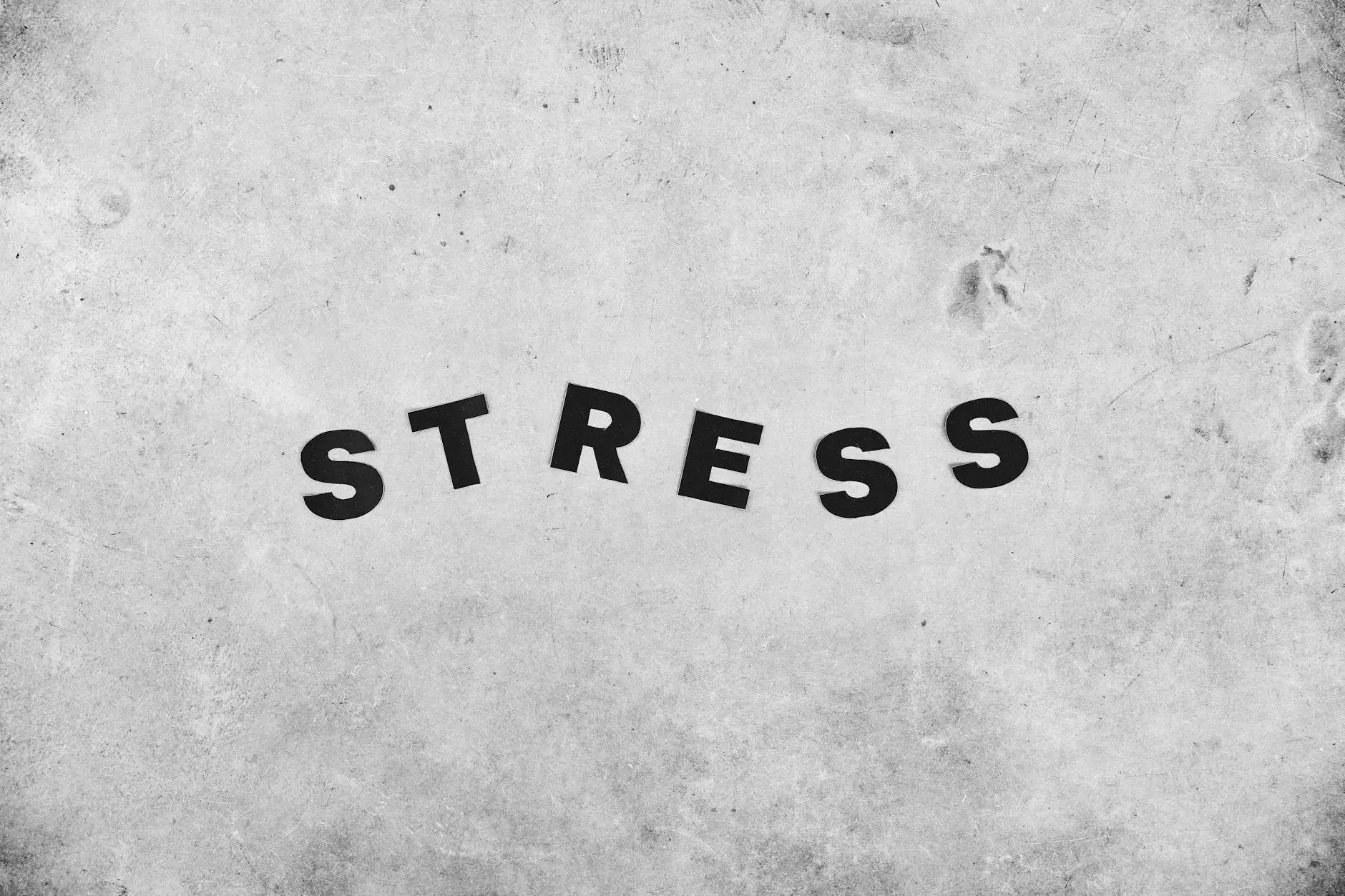5 Grammar Patterns Using GET in American English
English Grammar Lessons
Introduction
Welcome to NJCLT's comprehensive guide to learning essential grammar patterns using GET in American English. In this lesson, we will explore five common usage patterns of the word GET, providing you with the knowledge and understanding necessary to improve your English language skills.
1. Get + Adjective
The first grammar pattern we will discuss is the use of GET with adjectives. GET is often used in American English to express a change in one's state or condition. For example:
- Get excited: When you receive exciting news, you can GET excited. Your emotions change from a state of calmness to excitement.
- Get tired: After a long day at work, you may GET tired. Your energy level decreases, and you feel the need to rest.
- Get angry: When someone says something offensive, you might GET angry. Your feelings change from calmness to anger.
2. Get + Infinitive
The second grammar pattern involves using GET followed by an infinitive verb. This pattern indicates the completion of an action. Let's explore a few examples:
- Get married: When two people enter into a legal marriage, they GET married. This action signifies the completion of the marriage ceremony.
- Get dressed: Before leaving the house, you need to GET dressed. This action implies that you complete the process of putting on clothes.
- Get ready: When you are about to leave for an event, you need to GET ready. This indicates completing all the necessary preparations before departing.
3. Get + Preposition
Using GET with prepositions forms the third grammar pattern. It is commonly used to express various actions and movements. Let's explore a few examples:
- Get on: When you enter a means of transportation, like a bus or train, you GET on it.
- Get off: When you exit a mode of transportation, like a bus or train, you GET off it.
- Get to: When you arrive at a place or destination, you GET to it. This indicates the completion of your travel.
4. Get + Object
The fourth grammar pattern involves GET followed by an object. This pattern is used to express acquiring or receiving something. Let's take a look at some examples:
- Get a job: When you succeed in finding employment, you can GET a job.
- Get an education: To acquire knowledge or skills from an educational institution, you should GET an education.
- Get a promotion: When you receive an advancement in your career, you GET a promotion. This suggests a rise in your position or job title.
5. Get + Past Participle
The fifth and final grammar pattern using GET involves combining it with the past participle form of a verb. This pattern is used to convey a passive meaning. Here are some examples:
- Get injured: When someone sustains an injury, they can GET injured. This suggests that an accident or incident has caused them harm.
- Get replaced: When an object or person is substituted or exchanged, they GET replaced.
- Get arrested: When someone is taken into custody by law enforcement, they GET arrested. This indicates the beginning of legal proceedings.
Conclusion
Congratulations! You have now learned 5 essential grammar patterns using GET in American English. By understanding and practicing these structures, you will enhance your English language skills and communicate more effectively. Remember to consistently use these patterns in your conversations and written work to solidify your understanding. Keep up the great work and continue exploring other grammar topics on NJCLT for a comprehensive learning experience!










